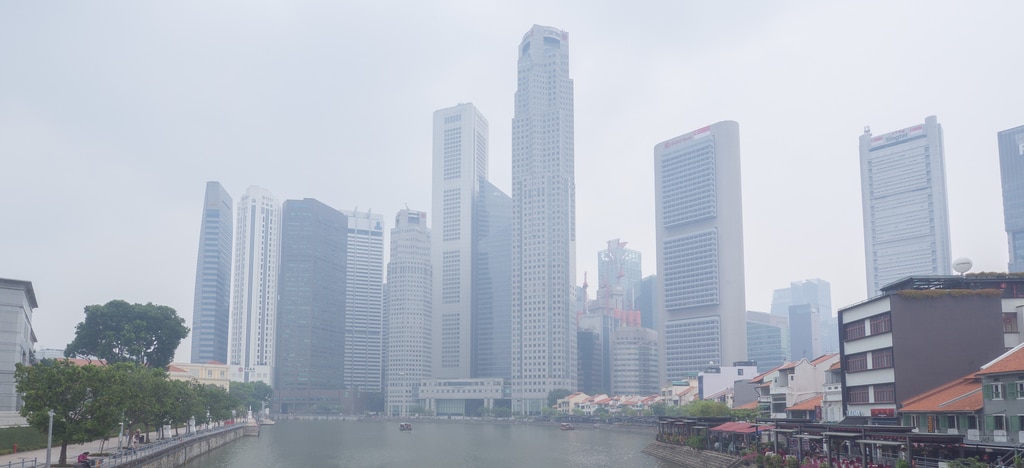
Most Singaporeans are familiar with haze as the Southeast Asian haze problem happens almost every year. Based on the weather outlook provided by the Meteorological Service of the National Environment Agency, the dry season of the southern ASEAN region is expected to be between June and October 2022.
During the dry season, there is an increased risk of an elevated hotspot and smoke haze activity, especially in the fire-prone areas of Sumatra and Kalimantan. In addition, as prevailing low-level winds typically blow from the southeast or southwest during this period, Singapore may be affected by transboundary haze if the prevailing winds blow the smoke haze emanating from fires towards Singapore.
What is haze?
Haze is a mixture of airborne pollutants containing dust, smoke particles, carbon monoxide and other toxic gases. Due to their small size, these particles can enter deep into the lungs and bloodstream in some cases.
The haze we experience in Singapore is mainly due to forest fires in the region, which happens when open burning is done to clear land for agricultural purposes.
How to measure it?
Air quality is measured by the Pollutant Standard Index (PSI), which indicates the severity of haze. PSI is calculated based on an average reading of pollutant concentration levels over 24 hours. The critical air pollutant of concern is the fine particulate matter (PM).
What are the health effects of haze?
How haze impacts our health largely depends on our health status (e.g. whether you have pre-existing health conditions), the PSI level, how long we spend outside, and the intensity of the outdoor activity. Children and the elderly are also more sensitive to the effects of haze
Short-term exposure can cause irritation to the eye, nose and throat such as dry or sore throat, coughing, sneezing, runny nose and tearing of eyes, skin irritations and eczema flare-ups. Most people only develop mild symptoms which resolve on their own. Some patients with more severe or prolonged symptoms need to see a doctor for treatment.
Haze can also aggravate pre-existing heart or lung disease. For example, haze may trigger asthma attacks and acute bronchitis in patients with lung diseases. This can potentially be serious, hence these patients need to seek early medical attention and treatment.
Long-term exposure can potentially lead to the development of chronic bronchitis, reduced lung functions, an increased risk of cancer and even premature death.
In Singapore, any exposure to haze is generally short-term in nature, as Singapore does not experience haze all year round.
What are the precautionary measures during haze?
During the haze, you can take the following measures to reduce exposure to haze particles:
- Stay indoors as much as possible.
- Keep doors and windows shut to reduce the amount of haze particles entering the home or workplace. Fans or air-conditioners are helpful to cool or circulate the air, and portable air purifiers can be used to further improve the air quality indoors.
- Eat a balanced diet, stay hydrated and get ample rest.
- Avoid rubbing your eyes and use saline wash if you feel any eye irritation.
- For people with existing chronic heart and lung conditions, do make sure that you have a sufficient supply of regular medications readily available for use. For example, patients with asthma need to ensure that they have their inhalers on hand, make sure your asthma action plans are updated and you have rescue medications at home.
- Reduce physical outdoor activities as much as possible. Refer to the MOH health advisory below, which recommends different levels of physical activities for different groups of people based on the PSI forecast.

Dr Shivani Paliwal is a US Paediatric trained Doctor based at IMC Children’s. Please call 6887 4440 to make an appointment with Dr Shivani.




































